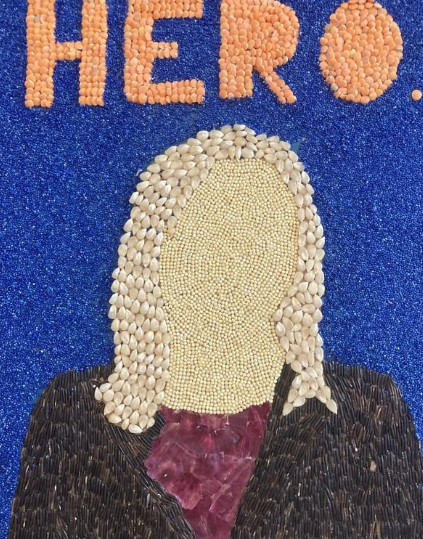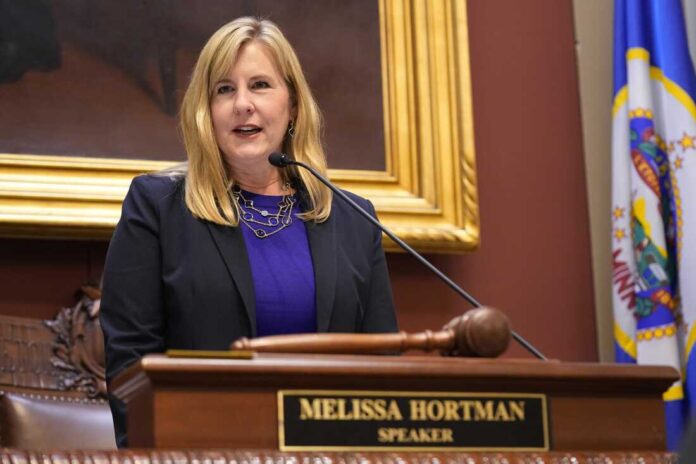Minnesotans are preparing a heartfelt tribute to the late House Speaker Melissa Hortman through one of the state’s most unique artistic traditions: crop art. With the 2025 Minnesota State Fair approaching, at least two artists are honoring Hortman’s legacy by submitting her likeness created entirely from seeds and grains. The tribute comes just weeks after Hortman’s sudden assassination in June, which sent shockwaves through Minnesota’s political and civic communities. As the first woman in state history to be elected House Speaker for three consecutive terms, Hortman was a defining figure in Minnesota politics. Her death sparked widespread mourning and public memorials at both the State Capitol and her home in Brooklyn Park. Now, artists are taking to the crop art exhibit at the State Fair to pay their respects in a distinctly Minnesotan way. Crop art — a competitive and often political form of seed mosaic — has long been a platform for artists to comment on current events, elevate local heroes, or satirize public figures. This year, the depictions of Hortman stand out for their sincerity and emotional weight.
One of the portraits features Hortman’s face outlined in carefully arranged flax seeds, surrounded by milkweed, rye, and corn kernels. Another includes her signature smile crafted from lentils and sunflower seeds, with text reading “Thank you, Madam Speaker” below. Artists said the works are meant not only to commemorate her public service but to reflect the values she stood for: equality, environmental protection, and democratic process.
Hortman served in the Minnesota House for nearly two decades and was widely regarded as a pragmatic yet progressive leader. As Speaker, she helped usher in legislation on climate change, public transit, paid family leave, and clean energy — often negotiating across partisan lines to do so. Her leadership style blended firm conviction with quiet resilience, earning her respect even from political opponents.
The choice to honor her through crop art is especially symbolic in a state where agriculture and politics are so deeply intertwined. Minnesota’s State Fair, one of the largest in the country, draws over 2 million visitors annually and features an eclectic mix of agricultural contests, butter sculptures, seed art, and civic engagement. The crop art exhibit, housed in the Agriculture Horticulture.

\
Building, is among its most popular attractions. Each year, entries must be made entirely from seeds grown in Minnesota. Artists meticulously glue each seed by hand, often spending weeks or months preparing their pieces. While some artworks poke fun at celebrities or comment on national politics, others serve as sincere tributes to figures admired in the local community. Past honorees have included Prince, George Floyd, and Paul Wellstone. Hortman now joins that tradition.
Beyond artisticrecognition, the cropartportraits signal howdeeplyHortman’s work resonatedwith everyday Minnesotans.Her advocacy for ruralbroadband, environmentaljustice,andeducation funding won hersupportersfromacross the state. Ata time when political discourse isoften polarized, artists say Hortman
represented a rare figure who could bridge divides with both competence and compassion. For many ofthose submitting tributes this year, the artwork is a way to process collective grief whilepreserving a piece of Minnesota history. “We don’t just make art for art’s sake,” saidone longtime crop artist.
“We make it to remember people who made a difference. Melissa Hortman was one of those people.”
The State Fair opens on August 21 and runs through Labor Day. Visitors will be able to view the crop art tributes throughout the duration of the fair. For those who knew Hortman, or admired her from afar, the seed portraits offer a chance to reflect on her legacy in a medium as enduring — and as Minnesotan — as the prairie seeds themselves.


